Al-Driven ATS vs Traditional ATS: Which Fits Your Needs
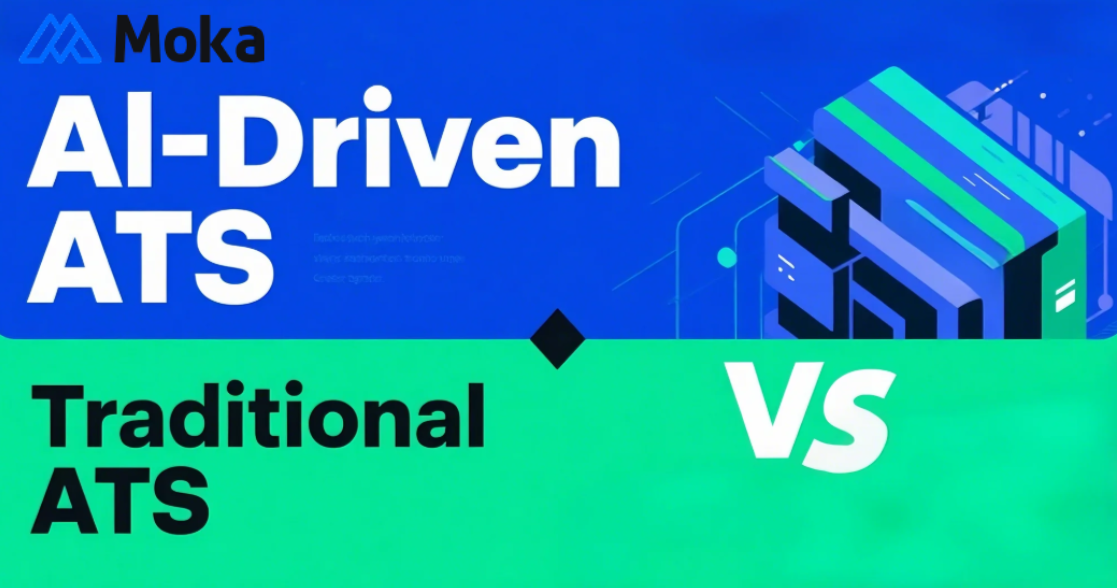
Choosing the right applicant tracking system (ATS) can revolutionize your hiring process. While nearly all Fortune 500 companies rely on ATS platforms, the distinction between an AI-driven ATS and an ordinary ATS is crucial. Traditional ATS primarily focuses on tracking applications, whereas an AI-driven ATS leverages advanced AI recruitment tools to save time and reduce bias. For small businesses, an ATS for small businesses must offer scalability to grow alongside their needs. On the other hand, an ATS for large enterprises should efficiently manage high volumes of applications. Whether your priority is speed, cost, or flexibility, understanding how AI-Driven ATS contrasts with ordinary ATS is key to selecting the ideal solution for your organization.

Understanding AI-Powered ATS
What Is an AI-Powered ATS?
An AI-powered ATS is a smart hiring tool. It uses artificial intelligence to make hiring easier and faster. Unlike older systems, it does more than just track applications. It studies data, handles boring tasks, and gives tips to improve hiring. By using smart algorithms, it spots patterns in resumes to find top candidates quickly.
These systems help at every step of hiring. They check resumes, set up interviews, and organize tasks. They also cut down on bias by using facts instead of opinions. This makes them a must-have for modern hiring plans.
Hire Now
Finish candidate screening in Just One Minute
Key Features of AI Recruitment Tools
AI hiring tools have special features that make them better than old systems. Some key features are:
AI Resume Builders: These tools read job ads and create better resumes.
AI Application Builders: They guide candidates to fill out forms faster and smarter.
Automated Screening: AI checks resumes and ranks candidates by their skills.
Predictive Analytics: It predicts how well a candidate might do in the job.
Chatbots: These bots talk to candidates, answer questions, and share updates.
Big companies like Unilever and L’Oréal use AI tools to hire better. Unilever checked over 1.8 million applications with AI, saving time and improving results. L’Oréal found great candidates by looking beyond usual hiring rules.
How AI Enhances Recruitment Efficiency
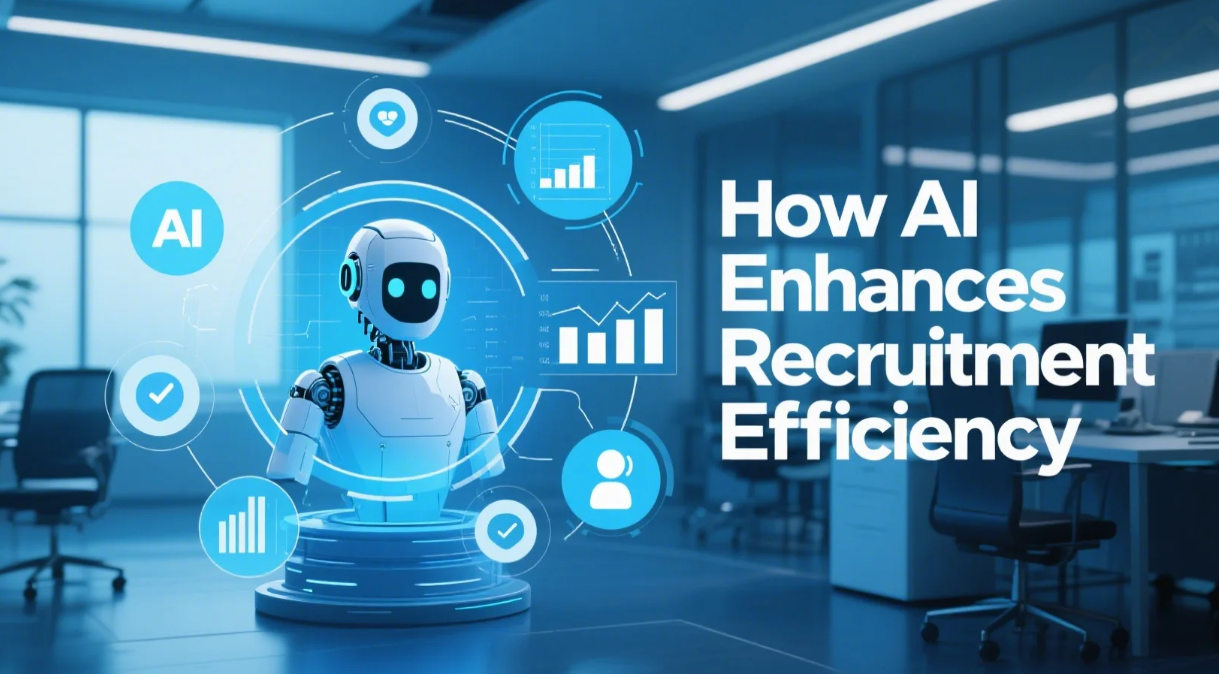
AI-powered ATS tools save a lot of time in hiring. They handle tasks like checking resumes and setting up interviews. This gives you more time to make big decisions. For example, AI tools cut hiring time from six weeks to two weeks. Google also saved 30% of hiring time by using AI.
AI tools also help pick the right candidates. They study lots of data to match people with jobs. This reduces mistakes and helps you hire the best talent. With 94% of recruiters saying ATS tools help, it’s clear AI makes hiring faster and better.
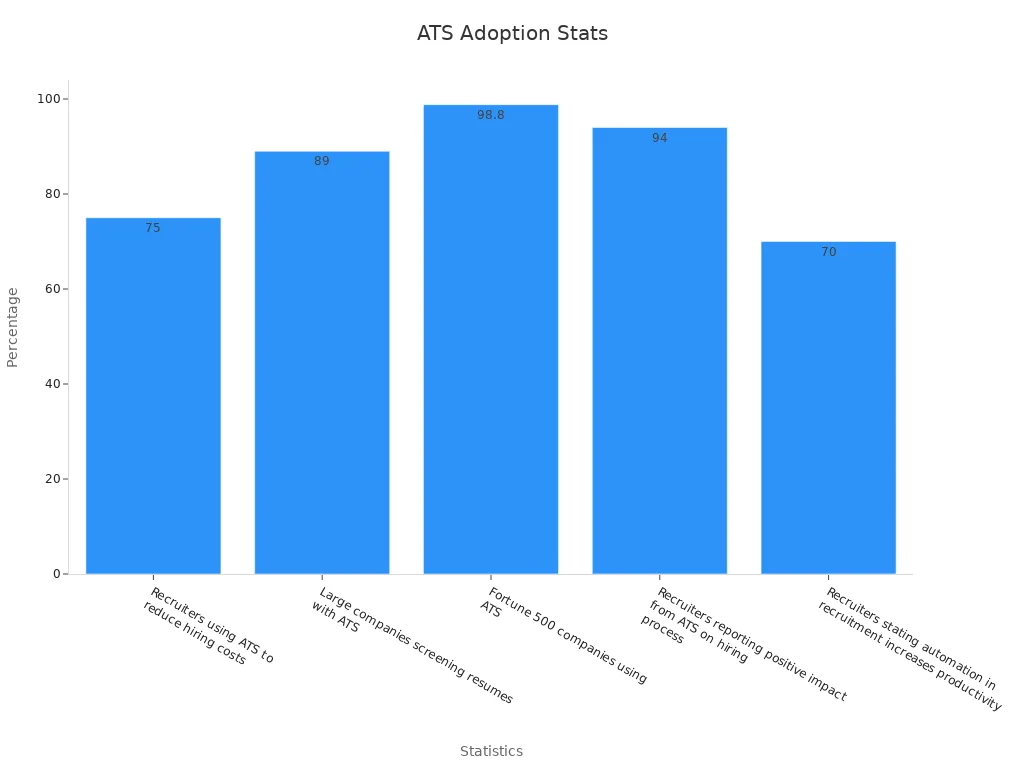
Exploring Traditional ATS
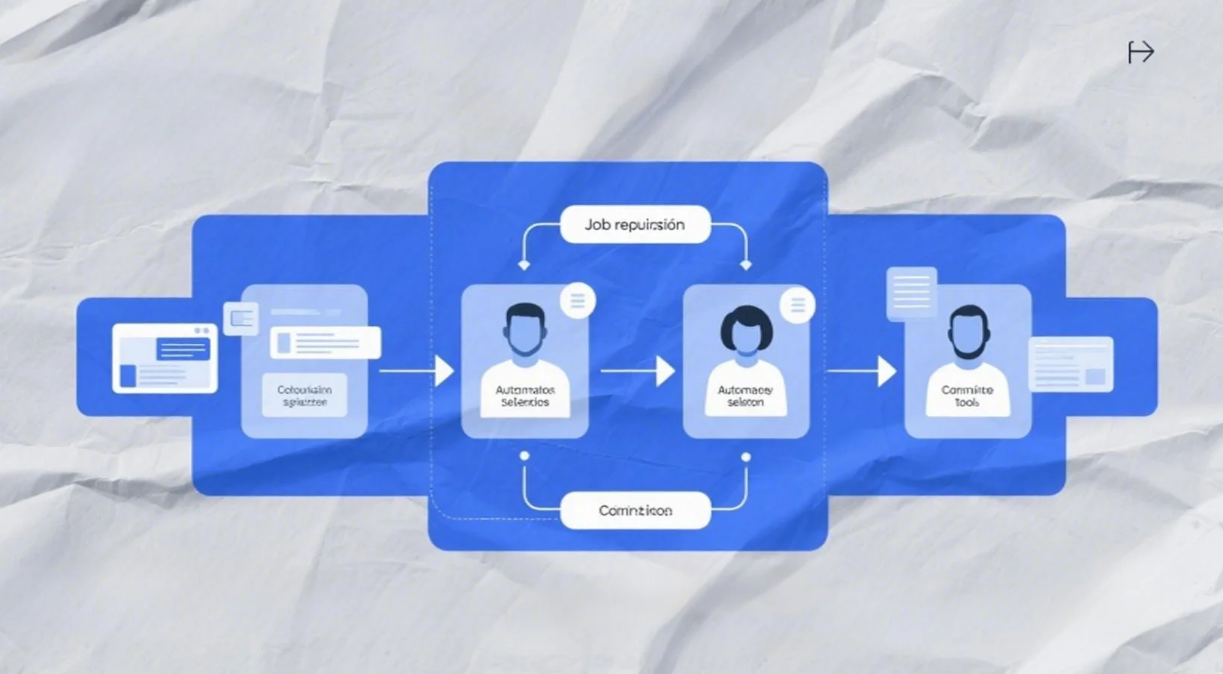
What Is a Traditional ATS?
A traditional ATS is a tool that helps with hiring. It mainly tracks job applications and organizes candidate details. These systems work like a database where recruiters store and find applicant information. For years, companies have used them to make hiring easier.
Even though they are simple, traditional ATS tools are still important. Studies show 98% of Fortune 500 companies use them for big hiring needs. This proves they are reliable for managing many applications. Experts predict the ATS market will grow to $3.4 billion by 2026, showing it’s still useful.
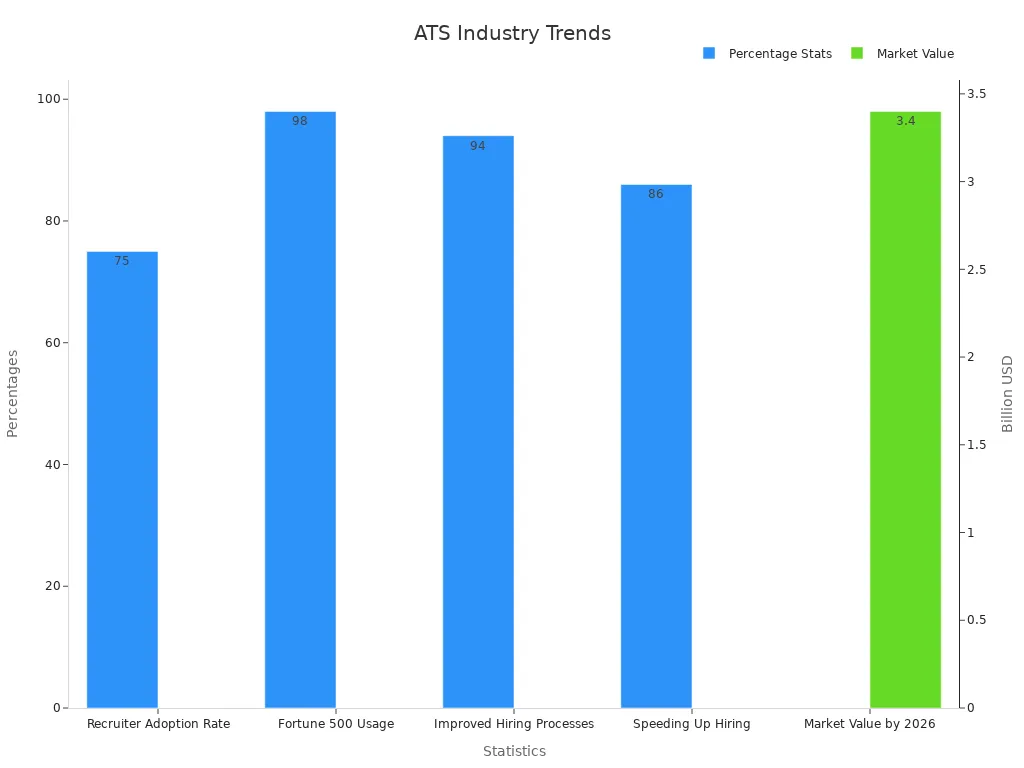
Core Functionalities of Traditional ATS
Traditional ATS tools have features that make hiring easier:
Automated Screening: Quickly filters resumes using keywords.
One-Click Job Posting: Posts job ads on many platforms at once.
Auto-Scheduling Interviews: Sets up interviews without manual work.
These tools save time and money during hiring. For example, 86% of users say hiring is faster, and 78% see better hires. They also improve how candidates feel about applying by making the process smoother.
Limitations of Traditional ATS
Traditional ATS tools work well, but have problems too. Many job seekers think these systems are unfair. A 2022 report said 48% of candidates feel they favor certain groups. Another study found that African American applicants are 30% less likely to get callbacks than white applicants.
Bias in algorithms is also an issue. Research shows traditional ATS tools can unfairly affect hiring by up to 20%. These problems show why better and fairer hiring tools are needed.
AI-Driven ATS vs. Ordinary ATS
Comparing Features and Functions
AI-driven ATS and traditional ATS have very different features. AI-powered ATS does more than just track applications. It automates hard tasks and gives smart insights. Traditional ATS mainly organizes data and screens resumes using keywords.
Here’s a simple comparison of the two systems:
Feature/Functionality | AI-driven ATS | Traditional ATS |
|---|---|---|
Automation | Handles many tasks automatically | Limited automation, mostly manual work |
Analytics | Offers detailed hiring insights | Basic reports, fewer insights |
Predictive Hiring | Predicts success using data | No prediction tools |
Resume Screening | Match resumes with machine learning | Uses keywords, often misses good candidates |
Efficiency | Saves time with automation | Slower, takes more effort |
AI tools like Moka Recruiting use features like AI resume builders to make hiring easier. They save time and help find the best candidates quickly. Traditional ATS is dependable but lacks the smart tools needed for today’s hiring needs.
Tip: If you get lots of applications, an AI-driven ATS can save time and improve results.
Better Efficiency and Accuracy
AI-driven ATS makes hiring faster and more accurate. It automates tasks like checking resumes and setting up interviews. This gives you more time to focus on important decisions. For example, AI resume tools match candidates to jobs better by studying job descriptions.
Here are some key benefits of AI-powered ATS:
Predictive tools use past data to improve hiring and keep employees happy.
AI quickly finds the best candidates, helping you make better choices.
Companies using AI report better hiring speed, experience, and decisions.
AI resume tools use smart tech to check resumes fast and avoid mistakes.
AI also reduces bias in hiring. Traditional ATS depends on keywords, which can miss good candidates. AI-driven ATS uses machine learning to look at resumes fairly and accurately.
Note: With 96% of HR leaders trusting AI to improve hiring, using an AI-driven ATS can help you stay ahead in hiring.
Growth and Flexibility
AI-driven ATS is great for growing businesses. It adjusts easily to handle more applications as your company expands. Cloud-based tools like Moka Recruiting make scaling up simple without losing performance.
Here’s how AI-driven ATS supports growth and flexibility:
Feature | Description |
|---|---|
Cloud-based Solutions | Grows with your needs and handles more applications easily. |
Predictive Analytics | Plans for hiring by studying past data and trends. |
Integration Capabilities | Works well with other HR tools to improve hiring. |
AI tools also help by finding candidates who are likely to succeed. For example, AI screening can cut résumé review time by 75%. This lets you focus on connecting with top talent. Traditional ATS often struggles to keep up with fast-changing hiring needs.
Tip: If your company is growing or hiring in new areas, an AI-driven ATS like Moka Recruiting can give you the flexibility and support you need.
User Experience and Learning Curve
How easy an ATS is to use affects how fast your team learns it. Traditional ATS tools are often simpler. They focus on basic tasks like tracking applications and setting up interviews. This makes them easy for beginners. But their limited features might not meet modern hiring needs.
AI-driven ATS tools focus on user experience with smart designs and automation. They guide you through tough hiring steps, so less training is needed. For example, Unilever used AI tools to improve candidate experiences and reduce dropouts. AI also cuts bias, helping hire diverse teams. Companies using AI tools see better engagement with updates and feedback.
Here are some stats showing the benefits of AI-driven ATS:
73% of companies use AI tools to improve candidate experience.
AI tools help increase diversity hiring by 25%.
AI-powered ATS cuts hiring time by 30%, letting you focus on big decisions.
Even though AI-driven ATS tools have many features, they might feel tricky at first. But platforms like Moka Recruiting offer 24/7 help to make learning easier. With support, your team can quickly use the system and enjoy its benefits.
Note: If your team is new to ATS tools, start with a traditional ATS. Once they’re comfortable, move to an AI-driven ATS for better results and satisfaction.
Benefits and Drawbacks of AI-Powered ATS and Traditional ATS
Benefits of AI-Powered ATS
AI-powered ATS has many advantages that improve hiring. These systems make hiring faster by automating tasks like checking resumes and setting up interviews. Tools like AI resume builders help create resumes that match job needs, saving time for everyone.
Companies using AI-powered ATS see big improvements. For example, 94% of recruiters report better hiring results. Businesses also cut hiring time by 50%. These systems improve hire quality by 20%, helping you find the best people. Real-time feedback makes applying for jobs easier and more enjoyable for candidates.
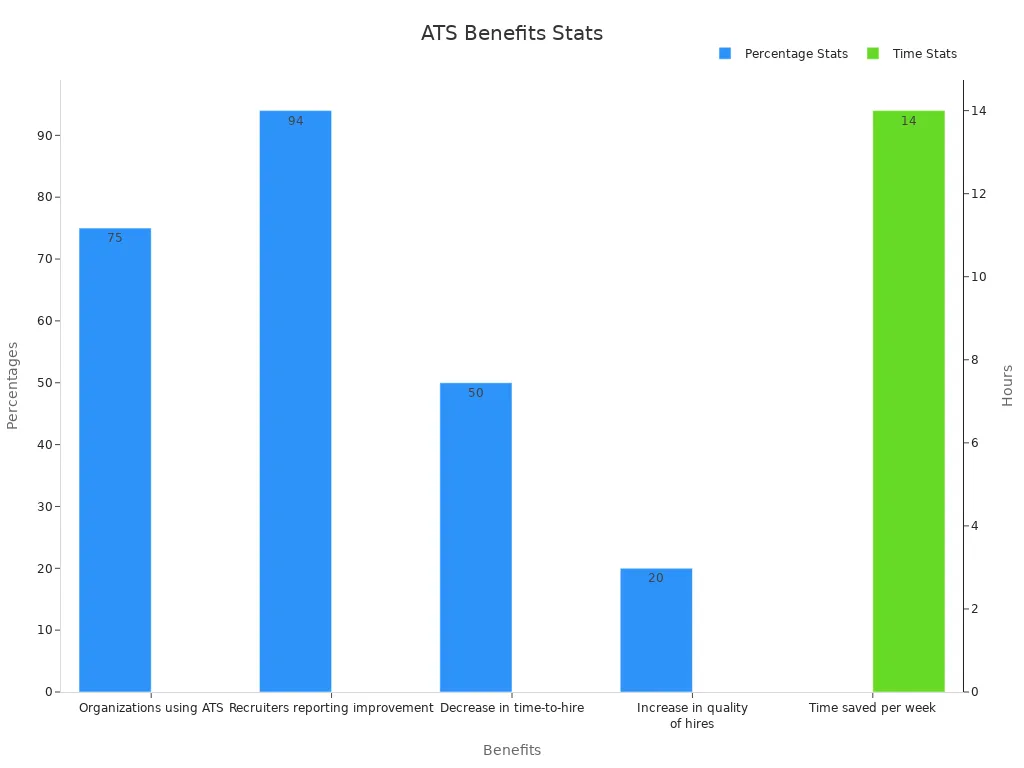
AI tools also reduce bias by using data to make fair choices. This helps create diverse and inclusive teams. Plus, AI-powered ATS saves up to 14 hours a week. This gives you more time to focus on important decisions instead of small tasks.
Benefits of Traditional ATS
Traditional ATS is still a good option for many companies. These systems make hiring easier by organizing candidate details and automating simple tasks like posting jobs and scheduling interviews. They are affordable and easy to use, which is great for small businesses or beginners.
Traditional ATS also keeps the hiring process consistent. It helps manage lots of applications in an organized way. Recruiters like its simple design, which makes it easy to learn and use quickly.
While traditional ATS doesn’t have the advanced tools of AI-powered ATS, it’s still very useful. Its simplicity and reliability make it a helpful tool for managing hiring effectively.
Drawbacks of Traditional ATS
Traditional ATS tools are helpful but have some problems. They may not meet the needs of modern hiring. Knowing these issues can help you decide if they work for you.
Limited Automation
These tools mostly track applications and store candidate details. Many tasks, like checking resumes or setting up interviews, need manual work. This makes hiring slower and harder for your HR team.Keyword Dependency
Traditional ATS filters resumes using keywords. This is simple but not perfect. Good candidates might be missed if their resumes don’t have the right words. For example, someone with great skills might not get noticed because of different wording.Lack of Advanced Analytics
These systems give basic reports but no deep insights. Without tools to predict trends, it’s harder to improve your hiring process or spot useful patterns.Scalability Issues
As your company grows, handling more applications gets tough. Traditional ATS tools can’t easily adjust to bigger workloads, causing delays and inefficiencies.
Note: If your business is growing or hiring a lot, these problems could slow you down.
Bias in Screening
These systems depend on keywords and algorithms, which can cause bias. This might favor certain groups and reduce diversity in your hires.
By understanding these issues, you can decide if a traditional ATS fits your needs or if a smarter system would be better.
Choosing the Right System for Your Needs
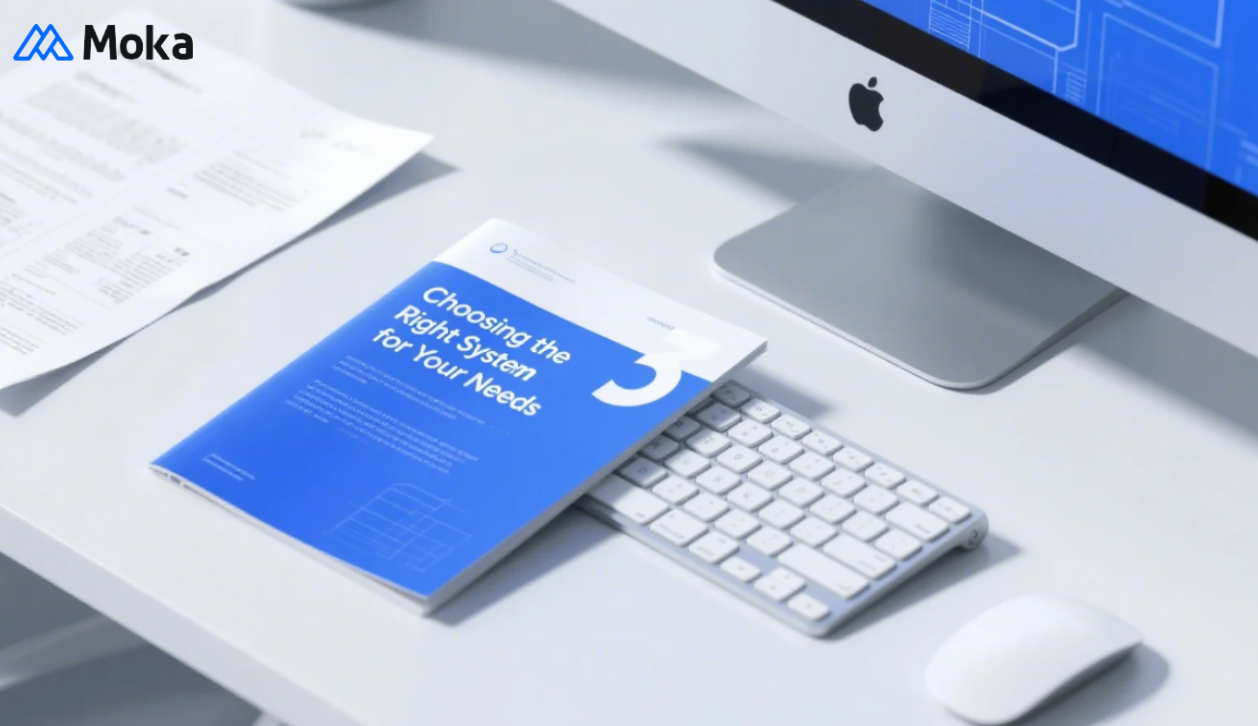
Small Businesses and Startups
Small businesses and startups need the right ATS to hire better. With small budgets and teams, a traditional ATS is a good start. It’s cheap, simple, and helps track applications easily. It organizes candidate details without using too many resources.
But as your business grows, you’ll need a system that grows too. AI-driven ATS tools, like Moka Recruiting, make hiring easier. They use automated screening and AI resume builders to match candidates to jobs. These tools save time and reduce hiring mistakes, helping you find great talent faster.
Startups also need flexible systems. AI-powered ATS adjusts to your needs, whether hiring locally or globally. It keeps candidates happy by giving updates and feedback. This makes applicants more likely to accept job offers.
Tip: Start with a traditional ATS for basic hiring tasks. As your company grows, switch to an AI-driven ATS to keep up with your needs.
Medium-Sized Enterprises
Medium-sized businesses have unique hiring challenges. You often manage many jobs and candidates across departments. You need an ATS that’s easy to use but also has advanced features.
AI-powered ATS tools are great for complex hiring needs. They handle boring tasks like resume screening and interview scheduling. This gives your team more time for important work. Predictive analytics helps find candidates who will do well in specific roles. This improves hiring quality and lowers turnover.
Following hiring laws is also important for medium-sized businesses. AI-driven ATS tools help by giving accurate data and insights. Tools like Moka Recruiting also work well with other HR systems, making hiring easier to manage.
Statistic | Description |
|---|---|
Medium-sized businesses using ATS for managing jobs and candidates (Brandon Hall Group, 2022) | |
SMEs choosing ATS for ease of use and cost (Capterra) | |
7.5% | Expected yearly growth rate of SMEs in five years (HR Technologist) |
Note: Medium businesses should pick AI-driven ATS tools. They balance cost and advanced features, helping you stay ahead in hiring.
Large Corporations
Big companies handle many applications and tough hiring processes. They need an ATS that works well under pressure.
AI-driven ATS tools are made for large companies. They automate tasks like checking resumes and setting up interviews. This saves time and avoids mistakes. Predictive analytics finds candidates with the right skills for your company. This ensures you hire the best people.
In April 2022, G/O Media Inc. said 75% of recruiters use ATS. Also, 99% of big companies use ATS to improve hiring. These systems make sure resumes get through to human recruiters.
Large companies also face hiring stress. AI-powered ATS tools, like Moka Recruiting, make hiring smoother. They process applications quickly and keep candidates engaged with updates. This creates a better experience for job seekers.
Over 98.8% of Fortune 500 companies use ATS.
66% of big companies rely on ATS.
In 2021, large companies made up 71% of the ATS market.
Tip: If your company hires a lot, an AI-driven ATS can help you manage applications and keep hiring standards high.
High-Volume Recruitment Industries
Industries like retail, hospitality, and customer service often hire many people quickly. Managing thousands of applications can be tough for older systems. You need tools that save time, handle tasks automatically, and keep applicants happy.
Automation is very important in high-volume hiring. Smart tools, like conversational AI, can do up to 90% of hiring tasks. These include checking resumes, setting up interviews, and talking to candidates. This saves time and keeps the process smooth and fair. Using data also helps improve hiring by spotting trends and making better choices.
How candidates feel about applying is also key. About 75% of people who have bad experiences with hiring systems share their complaints. This can hurt your company’s reputation and make it harder to find good workers. Also, leaving jobs unfilled for too long can cost your business around $10,000 per position.
Statistic | Insight |
|---|---|
90% of High-Volume Hiring Can Be Automated with Conversational AI | Automation makes hiring faster and more consistent. |
Nearly 75% of candidates with poor ATS interactions share negative experiences | Bad experiences can harm your company’s image and lose talent. |
Estimated loss of $10,000 per unfilled position | Slow hiring systems can cost your business a lot of money. |
To succeed in hiring lots of people, you need an ATS with smart tools, helpful data, and easy-to-use features. AI-driven ATS platforms, like Moka Recruiting, are great for this. They make large-scale hiring simple and effective.
Tip: Pick an ATS that focuses on automation and candidate happiness to stay ahead in industries with high hiring needs.
How MokaHR Supports Your Recruitment Goals
Hire Now
Finish candidate screening in Just One Minute
MokaHR is a smart tool that helps companies improve how they hire. Its platform, Moka Recruiting, solves modern hiring problems, like hiring many people or hiring across different locations.
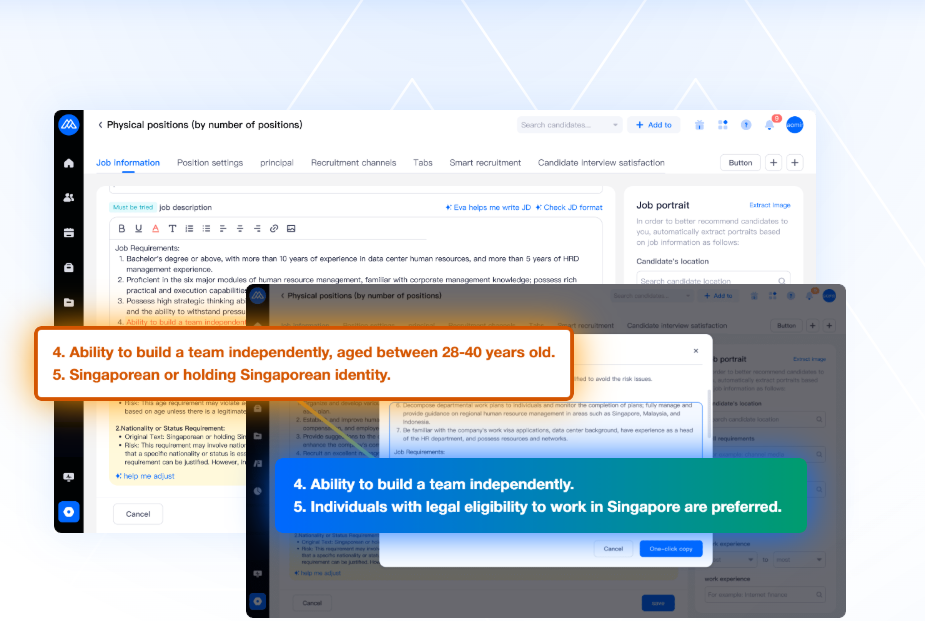
MokaHR automates boring tasks like checking resumes and scheduling interviews. This gives your team more time to focus on big decisions. Its predictive tools help find candidates who are likely to do well, improving the quality of hires. It also keeps candidates happy by giving updates and feedback, making the process smoother.
Big companies have seen great results with MokaHR. Tesla made hiring faster and better, helping them stay innovative. Nestle improved hiring across different regions. Carlsberg solved location challenges and made hiring more organized. McDonald's made hiring easier and improved how candidates felt about applying. Schneider Electric used data to make hiring faster and manage employees better.
Company | Key Benefits |
|---|---|
Tesla | Faster hiring and better quality, supporting innovation. |
Nestle | Easier hiring across different regions. |
Carlsberg | Solved location issues and improved feedback. |
McDonald's | Made hiring smoother and improved candidate experience. |
Schneider Electric | Faster hiring and better employee management with data. |
MokaHR works for all types of businesses, big or small. It grows with your needs and uses cloud technology to handle more work as you grow. It also supports fair and diverse hiring practices, making it a great choice for any company.
Note: MokaHR offers 24/7 help, so you can always get support when you need it. This makes it a trusted partner for reaching your hiring goals.
Deciding on an AI-powered ATS or a traditional ATS depends on what you need for hiring. AI-powered ATS uses smart tools like automation and predictions to make hiring easier. It also grows with your company. Traditional ATS is simpler and helps with tracking and organizing applications. Pick the one that fits your hiring goals and challenges. For modern hiring, MokaHR is a great AI-powered ATS choice. It makes hiring faster, improves results, and supports fair hiring. Whether you run a small business or a big company, MokaHR adjusts to your needs for smooth hiring.
FAQ
What makes AI-driven ATS different from traditional ATS?
AI-driven ATS uses smart tools like automation and predictions to improve hiring. Traditional ATS mainly tracks and organizes applications. AI systems save time and cut bias, while traditional ones handle simple tasks well.
Tip: Pick AI-driven ATS for advanced hiring or traditional ATS for basic needs.
Can small businesses use AI-powered ATS?
Yes, small businesses can gain a lot from it. AI-powered ATS handles boring tasks, saving time and effort. It also finds top candidates fast, even with small HR teams. As your business grows, the system adjusts to fit your needs.
How does AI-powered ATS make hiring fairer?
AI-powered ATS uses data to review candidates. It avoids personal opinions by focusing on skills and experience. This leads to fairer choices and helps build diverse teams.
Is switching to an AI-driven ATS costly?
AI-driven ATS might cost more at first, but it saves money later. Automation cuts down on manual work, and smart tools improve hiring accuracy. These benefits make the investment worth it, especially for growing companies.
Note: Tools like Moka Recruiting offer flexible plans to match your budget.
How does MokaHR help with global hiring?
MokaHR mixes global knowledge with local expertise. It makes hiring across countries easy by automating tasks and giving useful insights. Its cloud-based system works smoothly, no matter where your candidates are.
Emoji Insight: 🌍 MokaHR makes hiring worldwide as simple as hiring locally!
See Also
Essential Strategies to Boost Your ATS Performance
Navigating ATS: Your Path to Discovering Elite Candidates
Best Practices for Spotting Quality Candidates with ATS
Understanding Business Requirements Through Applicant Tracking Systems
From recruiting candidates to onboarding new team members, MokaHR gives your company everything you need to be great at hiring.
Subscribe for more information

